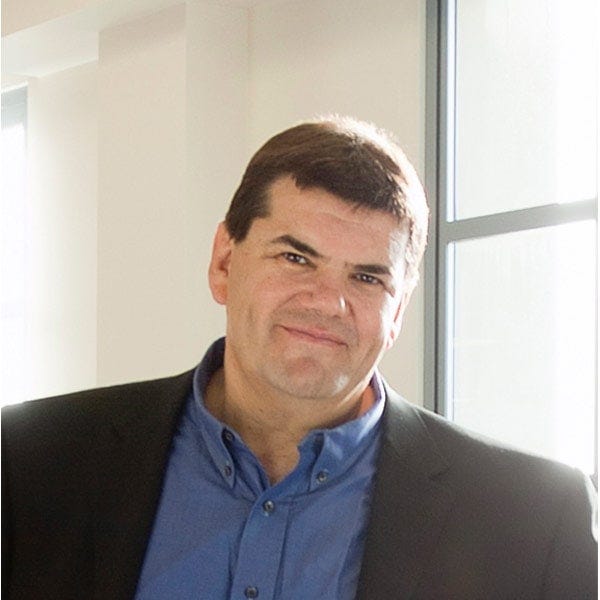A Pioneer in Communication: The Birth of the Camera Phone
Written on
Chapter 1: The Age Before Cell Phones
For those under thirty, the pre-cell phone era may seem like an ancient time. The idea of not being able to capture a moment and instantly share it on social media likely creates some anxiety among younger individuals. With platforms like Instagram boasting over 10 million users, the ability to communicate visually is now integral to daily life.
Reflecting on the past, I recall the days of using traditional cameras, where I would send film off to be developed and wait anxiously for a week, only to be disappointed by the results. Everyone I knew had numerous photo albums, the only means of preserving those cherished memories.
While I can't recall the first picture I took with a mobile phone, Philippe Kahn's inaugural shot had a far more significant purpose. The tech entrepreneur aimed to capture a moment of immense personal value: the birth of his daughter, which led to the innovation of the cell phone camera.
Chapter 2: Who is Philippe Kahn?
Born in 1952 in Paris, France, Kahn is the son of Jewish immigrants. His mother, Claire Monis, survived Auschwitz and served in the French resistance, while his father was a self-taught mechanical engineer. Kahn pursued mathematics at ETH Zurich in Switzerland and the University of Nice Sophia Antipolis in France, ultimately earning his master's degree. During his studies, he contributed to the development of software for the MICRAL, recognized as the first microprocessor-based personal computer.
After entering the tech industry, Kahn established four software companies: Borland in 1982, Starfish Software in 1994, LightSurf Technologies in 1998, and Fullpower Technologies in 2005. His companies were at the forefront of innovations ranging from wireless data synchronization to wearable technology. Despite his many accomplishments, it was a personal experience that would forever link his name to technological history.

Chapter 3: The Birth of a New Era
In 1997, when the internet was still in its infancy, Kahn found himself in a maternity ward, waiting for his wife to give birth. To pass the time, the true entrepreneur within him emerged. With a few makeshift tools at hand, he devised a way to capture the moment and immediately share it with loved ones.
Utilizing a Casio QV-10—an early personal camera equipped with an LCD screen—he connected his Motorola Startac cellphone to his laptop, using a speakerphone he had repurposed from his car. A long wire linked the camera to the laptop, which was connected to his home server.
Once baby Sophie made her entrance, Kahn readied to snap her picture, holding her in one hand and the camera in the other. The image was quickly sent to over 2,000 email addresses, generating a flurry of congratulations and inquiries about how he managed to send a photo directly from the delivery room.

Chapter 4: Kahn Today
Today, Kahn remains the CEO of Fullpower-AI and holds over 235 patents. He is multilingual, speaking English, French, Spanish, and German fluently. Beyond his professional pursuits, he enjoys family time, the company of his dogs, and exploring advancements in AI and machine learning.

In addition to his tech ventures, Kahn is an avid sailor, leading his team, Pegasus Racing, in competitions around the globe. Together with his wife Sonia, he founded the Lee-Kahn Foundation, which supports various nonprofit organizations dedicated to enhancing healthcare, education, and the arts.